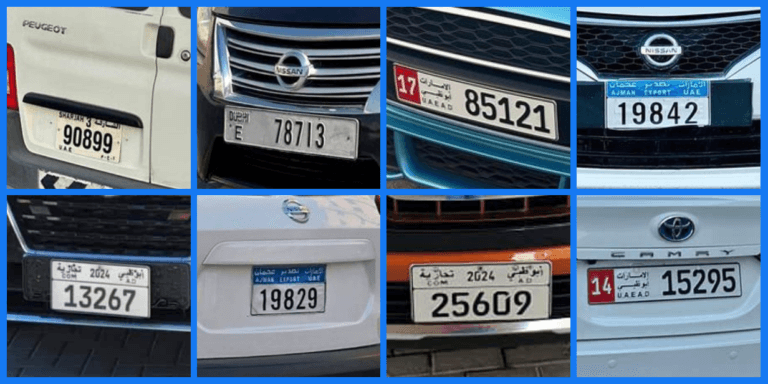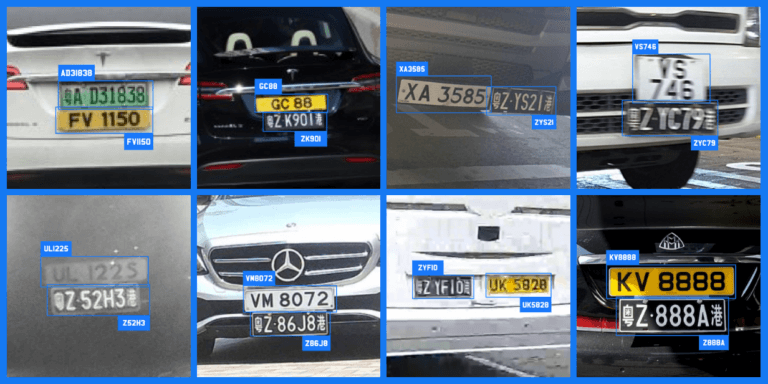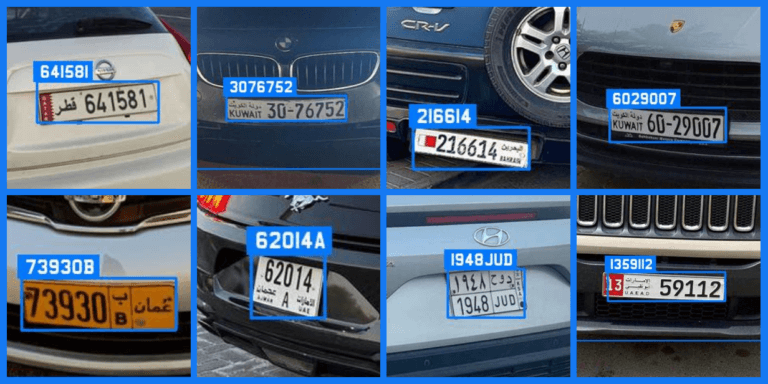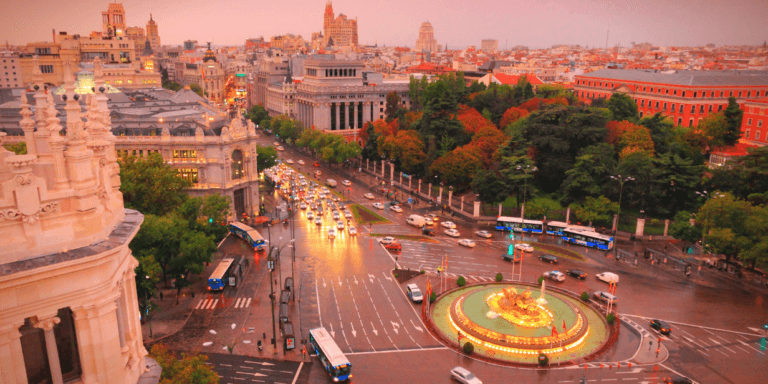Italy, a country renowned for its rich history, breathtaking landscapes, and sumptuous cuisine, also holds a reputation for its bustling traffic. Navigating the streets of major cities like Rome, Milan, and Palermo can be an adventure in itself, demanding both patience and strategic thinking.
In fact, Palermo, the vibrant capital of Sicily, holds the title of the most congested city in Italy and ranks 10th worldwide. Palermo’s roads witness a significant gridlock, leaving drivers stuck in traffic for an average of approximately 121 hours each year.
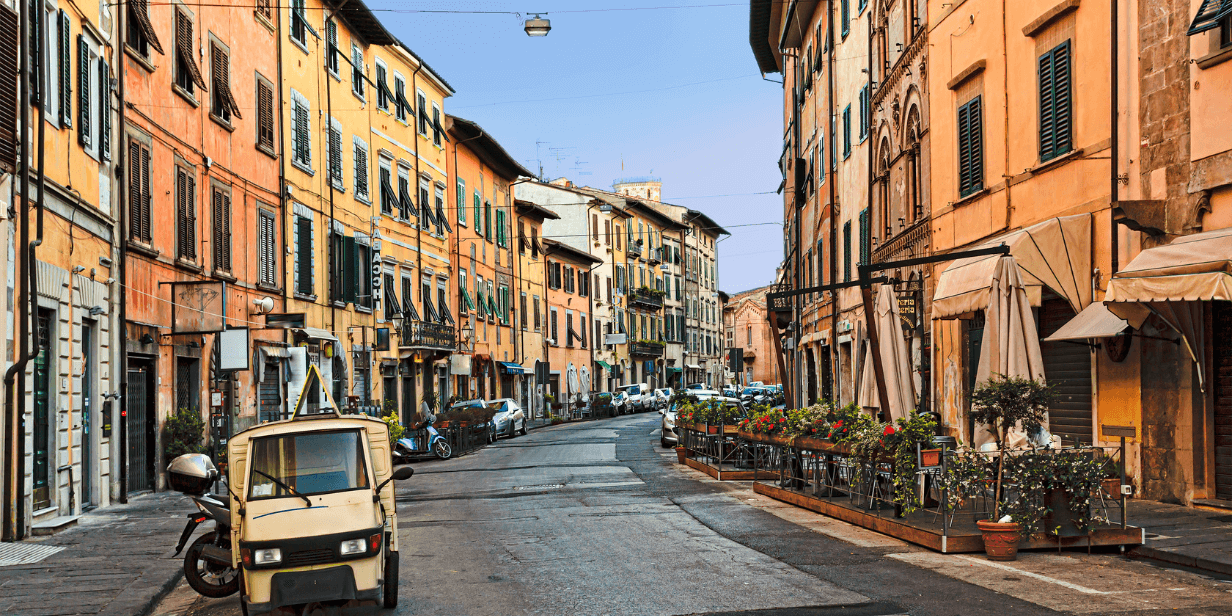
Pisa Old Street in Italy. Source: Canva
Italy definitely has a certain charm and allure that’s quite magnetic, but its traffic congestion serves as a reminder of the need for thoughtful traffic management solutions to enhance mobility and preserve the country’s unique appeal.
The country can significantly benefit from using ALPR for Italy. With its bustling cities, historic towns, and dense traffic, ALPR for Italy can provide valuable data for traffic monitoring and analysis, and so much more. In this article, we’re going to uncover more about how the traffic is in the country and why ALPR for Italy can be a positive solution for addressing various traffic issues.
What’s the traffic in Italy like?
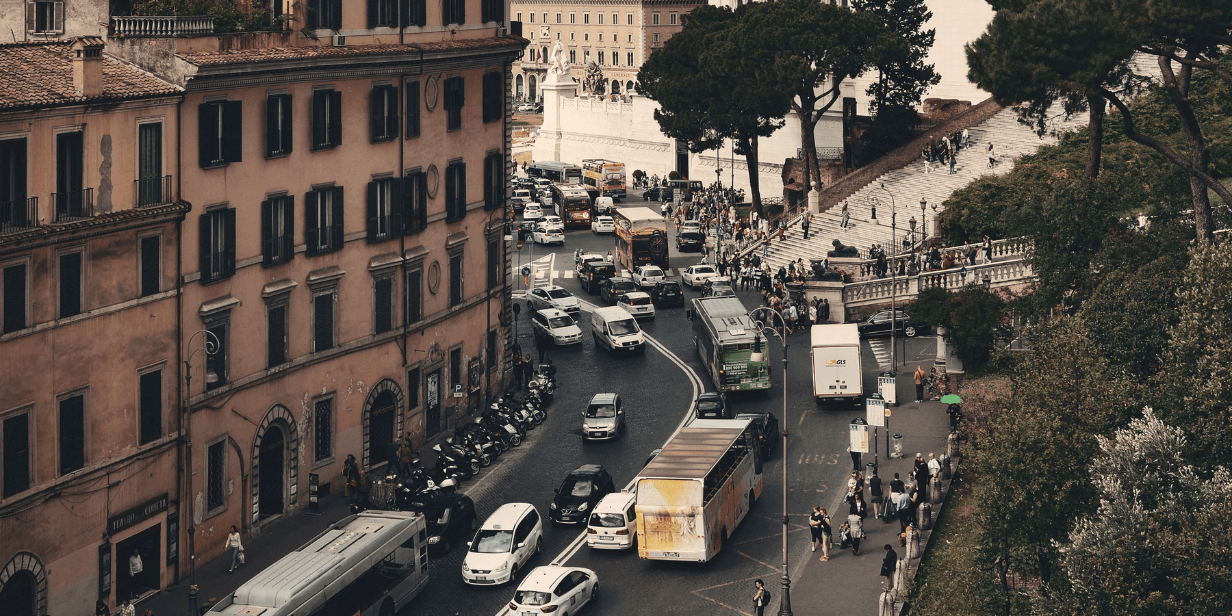
Traffic in the streets of Rome. Source: Canva
Traffic in Italy can vary widely depending on the location and time of day. In major cities, traffic can be intense, especially during peak hours when commuters are heading to work or returning home. The streets can become crowded, and congestion may cause delays. Additionally, driving in historic town centers with narrow, cobbled streets can be challenging, and finding parking spaces can be a struggle.
In contrast, the traffic in rural areas and smaller towns is generally less hectic and more relaxed. Roads in the countryside often offer picturesque views of vineyards, olive groves, and quaint villages. However, driving on rural roads may require extra caution due to winding routes and occasional narrow passages.
What causes traffic congestion in Italy?
So what causes the traffic congestion in the country? The main factor contributing to traffic congestion in Italy, like in many other countries, is the high volume of private vehicles on the road. Italy’s population density, urbanization, and reliance on cars for daily commuting and transportation contribute to the heavy traffic seen in major cities and urban areas. Other factors include:
Lack of Efficient Public Transport
While Italy’s public transportation system is extensive and well-developed, in some areas, it may not provide the level of convenience or coverage needed to attract a substantial number of commuters away from private vehicles.
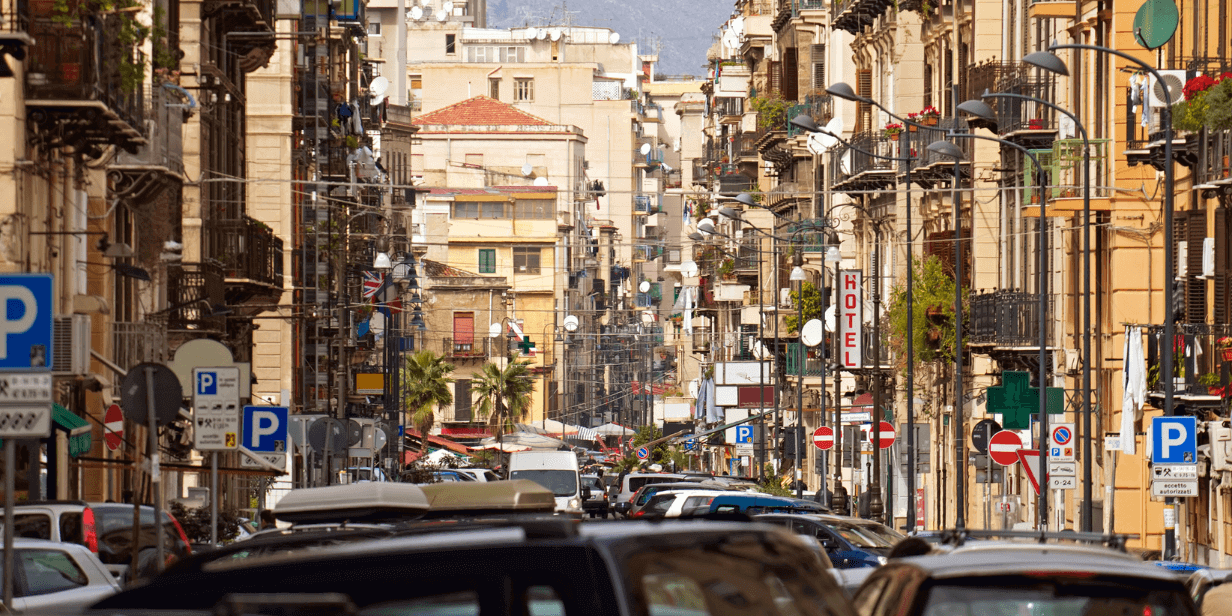
Cars parked on the busy street of Palermo, Italy. Source: Canva
Limited Road Infrastructure
In certain areas, especially historic city centers with narrow streets, the road infrastructure may not be well-equipped to handle the volume of traffic.
Behavior and Culture
Italian driving culture, which may include assertive driving and limited adherence to traffic rules, can also contribute to congestion. Most drivers in Italy are confident and assertive on the road, navigating tight spaces and using expressive hand gestures and horns to communicate.
There are Italian drivers who prioritize road safety but there may be some who exhibit risky behaviors on the road, such as aggressive driving, speeding, or distracted driving. These behaviors can pose safety hazards and contribute to accidents.
Road Safety Statistics of Italy
After a clear recovery in mobility following the pandemic, road accidents, and personal injuries saw a significant increase in 2022 based on the Italian National Institute of Statistics – a publicly funded research institution that plays a central role in generating official statistics that serve the needs of citizens and policymakers.
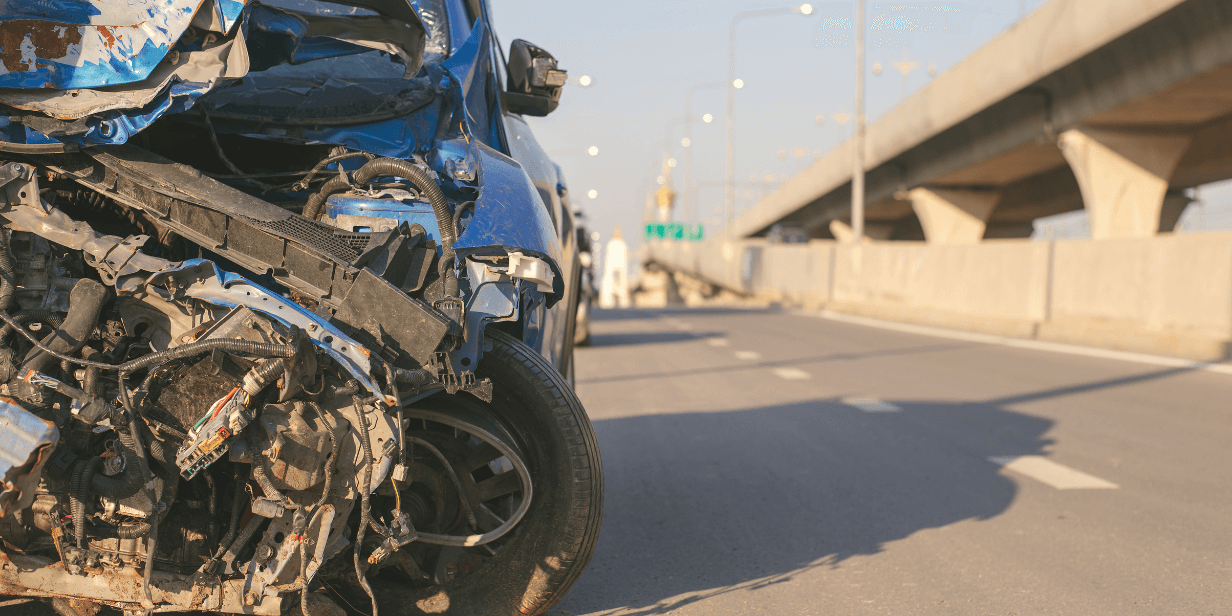
Front of blue car damaged from an accident. Source: Canva
Compared to 2021, there was a sharp rise in road accidents (9.2% increase) and injuries, resulting in 3,159 accident-related deaths. Although these figures were still lower than those in 2019, it is evident that driving on Italian roads remained unsafe.
The increase in fatalities affected all road users, except for cyclists and lorry occupants, with car occupants facing a significant rise in deaths. Driving too fast was the most common incorrect behavior, leading to the highest number of sanctions. Distraction, failure to respect the right of way, and excessive speed were the most frequent incorrect driving behaviors, collectively accounting for 38.1% of total cases. Furthermore, the number of penalties for driving under the influence of alcohol and drugs increased, indicating a concerning rise in impaired driving incidents.
Despite a decrease in the number of accidents and injuries on rural and motorway roads compared to pre-pandemic levels, the statistics show an alarming rise in accidents (9.8% increase) and victims (19.9% increase) on motorways. This suggests that certain road types may pose higher risks for drivers. Additionally, Italy ranked 13th to 19th in the European rankings for road accident deaths, indicating that more efforts are needed to improve road safety in the country.
Zona a Traffico Limitato (ZTL Zones)
In Italy, there are areas called ZTL Zones (Zona a Traffico Limitato) or Limited Traffic Zones. They are assigned within certain cities or towns where access by vehicles is restricted or controlled. The main purpose of establishing ZTL Zones is to reduce traffic congestion, preserve historical areas, and promote sustainable transportation within urban centers.
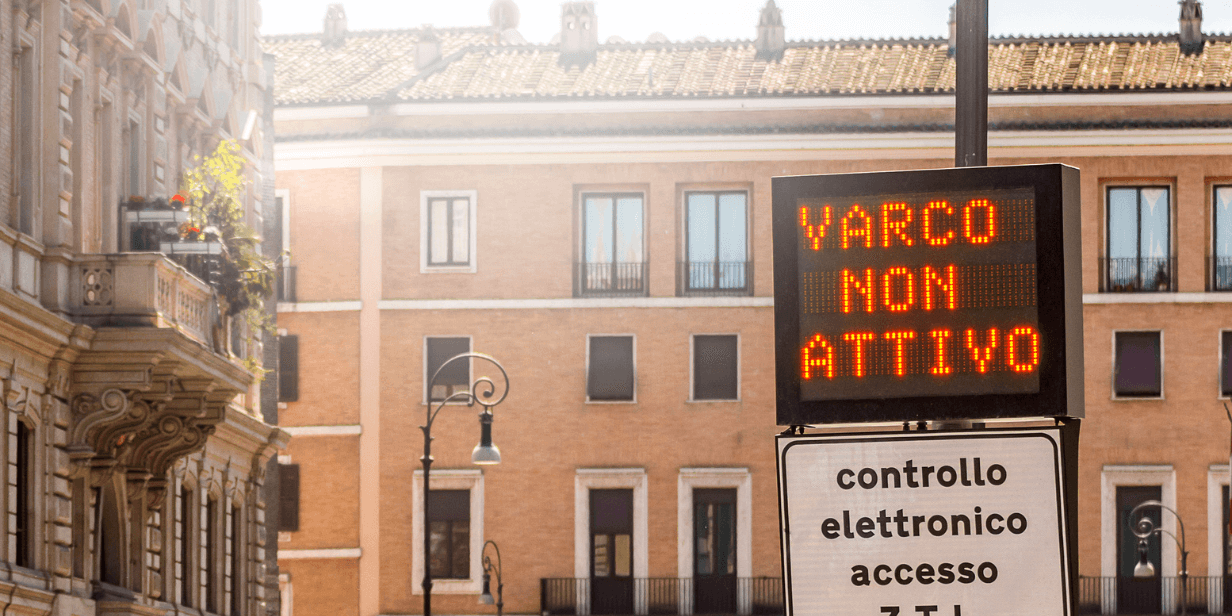
Italian Zona Traffico Limitato street sign in Rome, restricted driving zone information. Source: Canva
In ZTL Zones, only authorized vehicles are allowed to enter during specific hours, while other vehicles, including private cars, may be prohibited or face restricted access. Access to these zones is typically granted to residents, businesses, public transportation, emergency vehicles, and specific categories of vehicles like electric or hybrid cars.
ZTL Zones are commonly found in popular tourist destinations and historic city centers, where narrow and cobbled streets are not suitable for heavy traffic. These areas often attract a large number of pedestrians, making it essential to limit vehicle access to enhance safety and preserve the historical heritage.
Can ZTL Zones alone solve the traffic in Italy?
While ZTL Zones can contribute to alleviating traffic congestion in specific areas, they are not a standalone solution to solve the broader traffic issues in Italy. Traffic congestion in the country is influenced by mentioned factors such as urbanization, population density, road infrastructure, and travel behaviors.
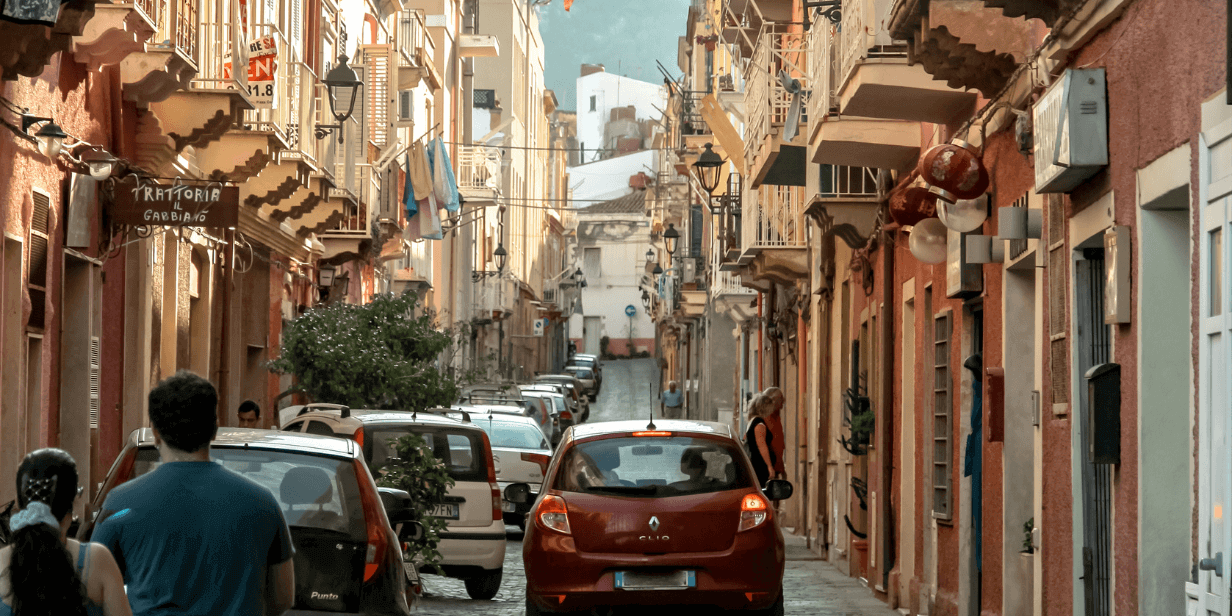
Car and People in an alley in Italy. Source: Canva
ZTL Zones can be effective in managing traffic flow and reducing congestion within designated areas, especially in historic city centers and sensitive locations. By limiting access to private vehicles, ZTL Zones can create pedestrian-friendly environments and encourage the use of alternative transportation options, such as public transit, walking, or cycling. However, to address traffic congestion comprehensively, a combination of strategies and initiatives is required.
How can ALPR for Italy help?
To address Italy’s traffic congestion effectively, the country needs to implement a combination of measures, including promoting sustainable transportation alternatives, enhancing public transport, optimizing traffic management strategies, and investing in road infrastructure improvements.ᅠ
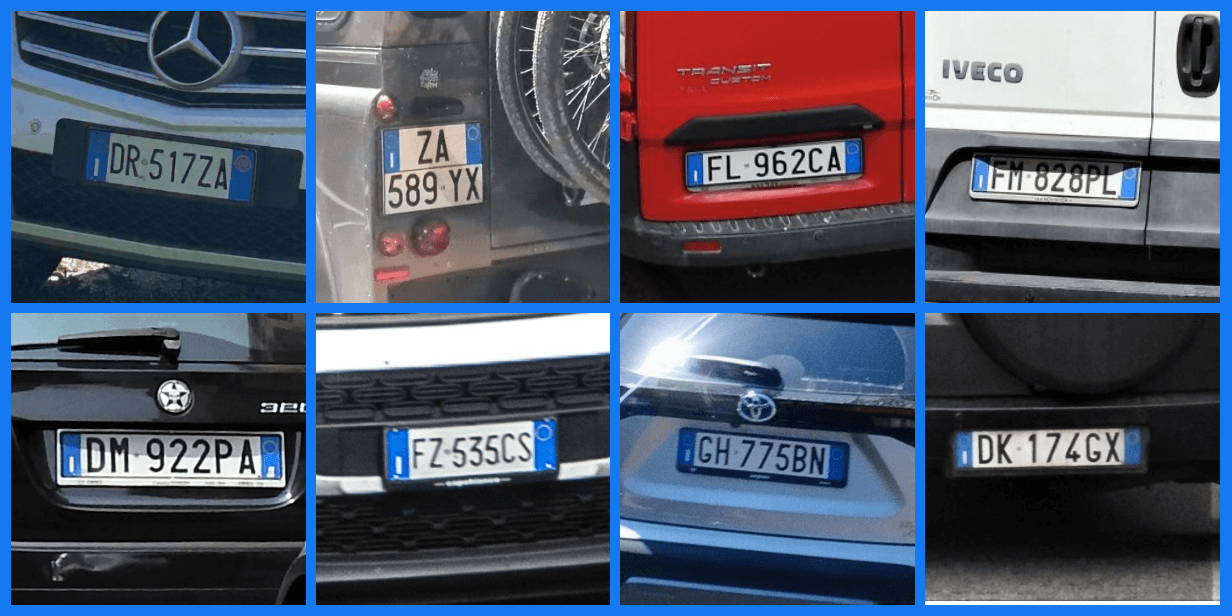
Different Number Plates in Italy. Source: Plate Recognizer
Where is ALPR for Italy in all of these solutions? ALPR technology for Italy can play a significant role in resolving traffic congestion by complementing the broader set of measures mentioned above. Here are several ways ALPR for Italy can contribute to tackling traffic congestion in the country:
Improved Traffic Flow and Enforcement
ALPR can enhance traffic flow by providing real-time data on congestion hotspots and traffic patterns. This information allows traffic management authorities to implement dynamic strategies, such as adjusting signal timings or redirecting traffic, to ease congestion in areas experiencing heavy traffic.
ZTL Zones and Restricted Access Management
The technology can effectively enforce Limited Traffic Zones (ZTL) by identifying and penalizing unauthorized vehicles entering restricted areas. By limiting access to certain areas, ALPR helps reduce unnecessary traffic, particularly in historic city centers or sensitive zones.
Parking Management
When it comes to streamlining parking management, ALPR for Italy can achieve this by automating the process of identifying vehicles in parking lots or on-street parking spaces. By efficiently managing parking occupancy and implementing digital payment systems, ALPR reduces the time spent searching for parking spots and circling congested areas.
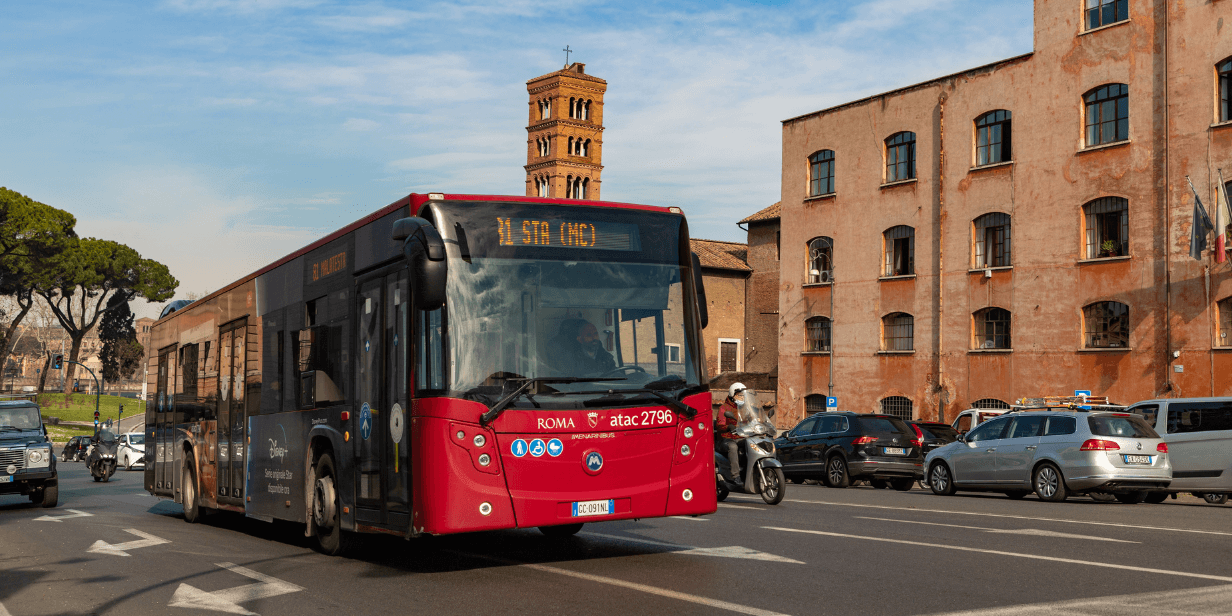
A bus in Rome, Italy. Source: Canva
Traffic Violation Detection and Enforcement
ALPR can aid law enforcement in identifying vehicles involved in traffic violations, such as speeding or running red lights. By enforcing traffic laws more effectively, ALPR acts as a deterrent to unsafe driving behaviors, promoting better compliance and safer driving practices.
Real-Time Incident Response
Using ALP for Italy enables faster emergency response and incident management by quickly detecting accidents or incidents on the road. Swift response to incidents can help reduce traffic backups caused by accidents, minimizing disruptions to traffic flow.
Data-Driven Decision Making
ALPR provides valuable data on traffic patterns and vehicle movements. This information empowers policymakers and traffic management authorities to make informed decisions about infrastructure investments, public transport planning, and traffic management strategies.
By leveraging ALPR for Italy alongside other measures, the country can create a more efficient and responsive transportation system. ALPR’s ability to provide real-time data, support traffic enforcement, and streamline parking management contributes to resolving traffic congestion effectively and improving the overall mobility experience for citizens and visitors.
Test Drive for Free: ALPR for Italy
If the ALPR for Italy is something that you’re interested in trying, test drive the ALPR for free by signing up for an account. For more questions regarding the ALPR for Italy, send us a message anytime. We’re ready to answer them.
